Education
Stay-At-Home Summer: Outdoor Inspired Activities for Families
Each week, the WorldStrides Education Team develops a collection of activities centered around the locations we love (and the subjects we’re smitten with!). Each collection of projects is created with the whole family in mind, and will get you moving, thinking, creating, and most importantly of all – having fun! This week’s collection focuses on activities inspired by some of our favorite outdoor activities on our programs.
One of the best parts of the summer is all of the time spent outdoors. We might all be staying home, but that doesn’t mean you can’t get some fresh air and sunlight (or moonlight!) while learning! Below you’ll find activities that will get you and your quaranteam out and about: from stargazing to walking tours, fossil creating, and exploring the geometry of the world, you’ll stay active and entertained!
Backyard Stargazing
Students on our Discover Hawaii science program have the opportunity to visit the ‘Imiloa Astronomy Center where they learn about reading the sky and using stars for navigation. Looking for a great place to see the night sky closer to home? How about your backyard! Choose a clear night and try to get away from ambient light – if your neighborhood is too bright, try to find a spot in your community that your family or quaranteam can safely visit.
Learn: Ready to get started but not sure what to do? Gather some tips for your stargazing adventure by watching this Smithsonian National Air and Space Museum video. You can use an app on your phone to help you or download a star chart before you go. This blog post for backyard astronomers provides information on reading a star chart to locate stars and planets.
Do: Head outside and observe! We recommend keeping a stargazing diary so you can compare observations from different days and times of the year. Always make note of the date, location, and time when starting an entry. Write what you see and make notes about brightness and clarity. You can add to that with drawings and diagrams that depict your sky view.
Think: What information can you gather from tracking stars over a longer period of time? Why are astronomers looking farther and farther out into our galaxy today? What do you think about the future of space exploration?
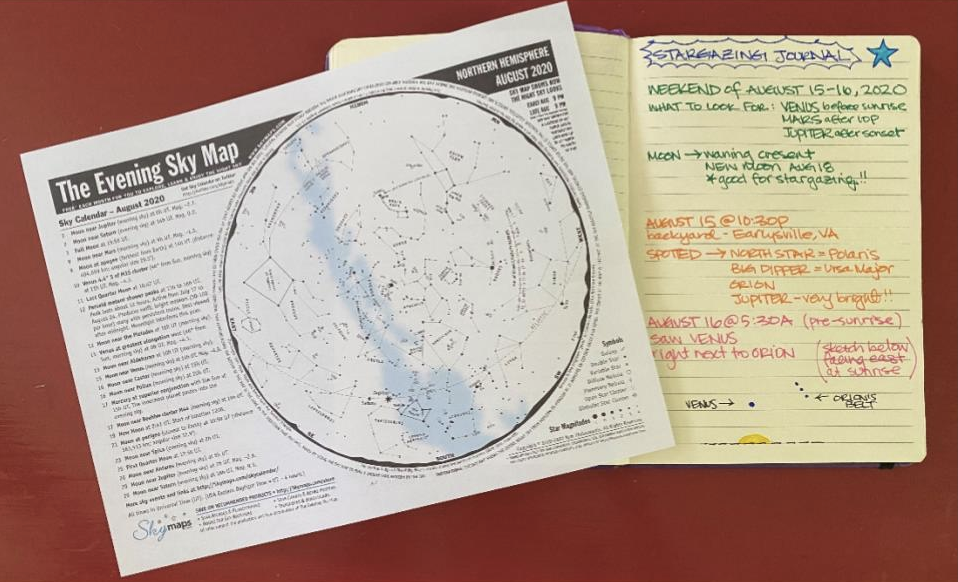
Curate your Own Virtual Walking Tour
Learn: Just because we’re staying close to home these days doesn’t mean that you can’t explore the streets of the places on your travel bucket list. Virtual walking tours may not be able to replace the experience of visiting a city in person, but they’re a great way to familiarize yourself with a destination before you arrive. There are plenty of walking tour videos on YouTube, including New York City, Paris, Florence, and Tokyo. If you’re feeling adventurous, check out The Hidden Worlds of the National Parks.
Do: Create a virtual walking tour of your immediate surroundings, your neighborhood, or your hometown! You can map the route using an activity app or one of Google’s many offerings (Tour Creator, Google Earth, or Google Maps), highlighting your favorite sites. Or you can take pictures or video along your route, put them together in a slide show or movie, and annotate your chosen sites with interesting tidbits of information or why the location is special to you. Then, share your walking tour with long-distance family and friends so you can explore your tour together, even if you’re apart!
Think: Would a new visitor get an accurate picture of the must-see destinations based on your walking tour? What makes your hometown or neighborhood unique? Why did you highlight some sites on your tour while leaving out others? How have you seen your neighborhood or hometown in a new light?
WorldStrides is located in historic downtown Charlottesville, Virginia. Check out this map of a walking tour near the office!
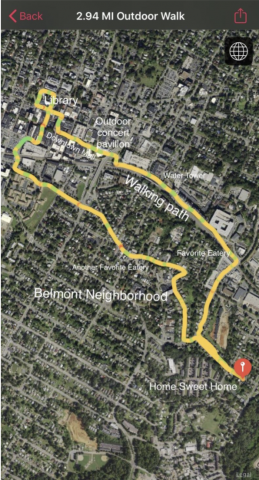
Front Yard Fossils
Learn: Did you know that fossils are great ways to learn about plant and animal life from millions of years ago? Watch this video about how dinosaurs, and other living things, become fossils. You may even be surprised to find fossils in your own front yard, at the park, or even at the beach. If you plan on visiting Washington, D.C., take a moment to check out the Smithsonian Museum of Natural History Hall of Fossils website and watch the video.
Do: Interested in learning more about what fossils can tell us? Try creating some of your own! First, get outside and find some items that may create interesting shapes or impressions. Rocks, shells, and leaves are a great start. Next, use this recipe to create salt dough and depress your items into the dough. Then, grab a parent and pop them in the oven. Finally, take a look at your fossils and make some careful observations.
Think: Is this a plant or animal fossil? What does the impression tell us about the item? What does the impression not tell us that you can see in the actual item? How useful do you feel observing fossils is in learning about the past?
Bonus: Create a few fossils and see if your friends or family can guess what the item is!
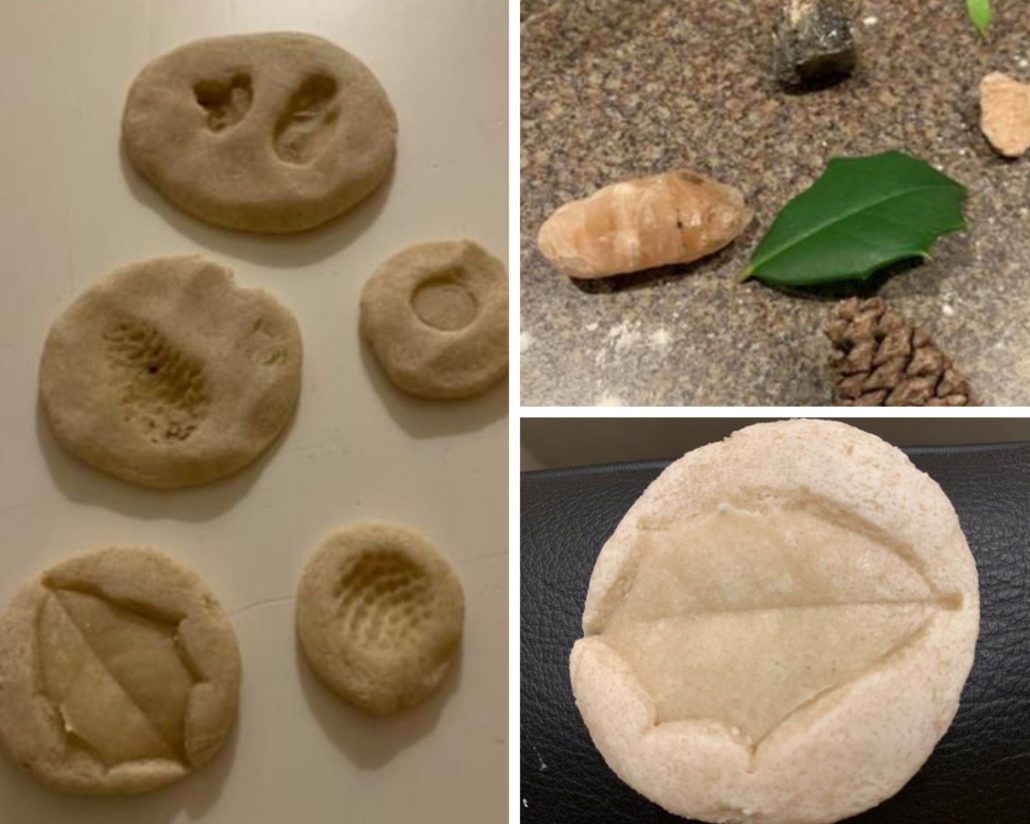
Discover the Geometry Around You
Learn: Math is all everywhere you look! While it may not seem obvious, geometry is in the trees and flowers in the park and architectural design of the house you live in or buildings around you. This article has information on the basic mathematical principles found in nature such as the Fibonacci Sequence or fractals. Did you know that many of the geometric patterns in nature are replicated in architecture? Check out this video on the Geometry of Architecture to learn more.
Do: Take a walk around your backyard, neighborhood, or a local park and look for some of these patterns or shapes. Take a picture or sketch out what shapes or patterns you see. If you’re looking at architecture, think about what famous buildings have similar features to ones you see locally. Here are a few images one of the Curriculum & Academics team members found in their backyard.
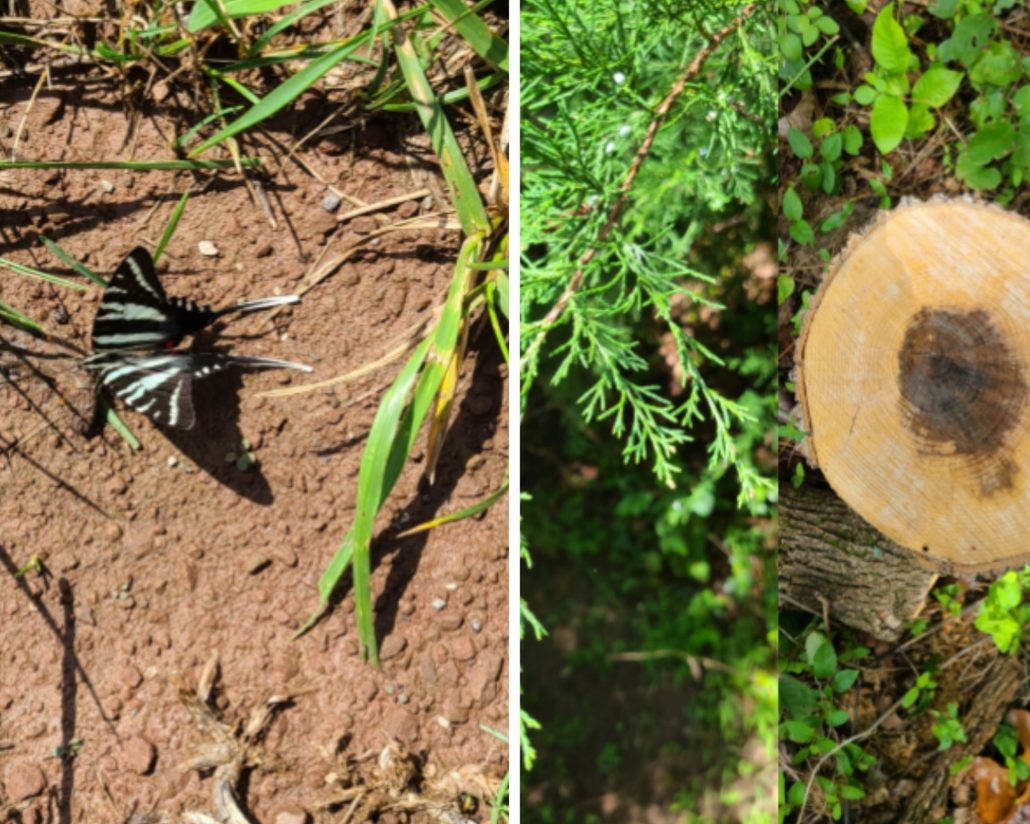
Think: Where else might you see math in everyday life? How can observing nature help scientists learn more about the natural world? How can you learn more about the architectural features of buildings?
We want to see your extensive fossil collections and exciting walking tours! Make sure to share it with our team at discovery@worldstrides.com – we might share your hard work and creativity on our social media! On an activity spree? Take a look at our Domestic inspired collection.
Related Articles

The 2024 WorldStrides Student Photo & Video Contest Gallery
Each week, the WorldStrides Education Team develops a collection of activities centered around the locations we love (and the subjects we’re smitten with!). Each collec...
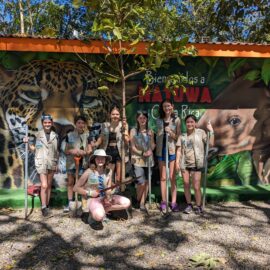
Girl Scouts: Costa Rica Tour
Each week, the WorldStrides Education Team develops a collection of activities centered around the locations we love (and the subjects we’re smitten with!). Each collec...

2024 Mérida Pride Parade
Each week, the WorldStrides Education Team develops a collection of activities centered around the locations we love (and the subjects we’re smitten with!). Each collec...

Rise Up, Take Action: How to Support the LGBTQIA+ Community
Each week, the WorldStrides Education Team develops a collection of activities centered around the locations we love (and the subjects we’re smitten with!). Each collec...
